► Science
► Physics
► Chemistry
► Biology
► Eukaryology
► Zoology
► Ethology
► Art
► My Art
► Fiction & Woldbuilding
► Fantasy
The Dragons
Introduction
In Palæoboreanic mythology, Dragons...
Drakes
These creatures are similar to the four-legged, two-winged dragons often seen in later European mythology (particularly in medieval artwork).
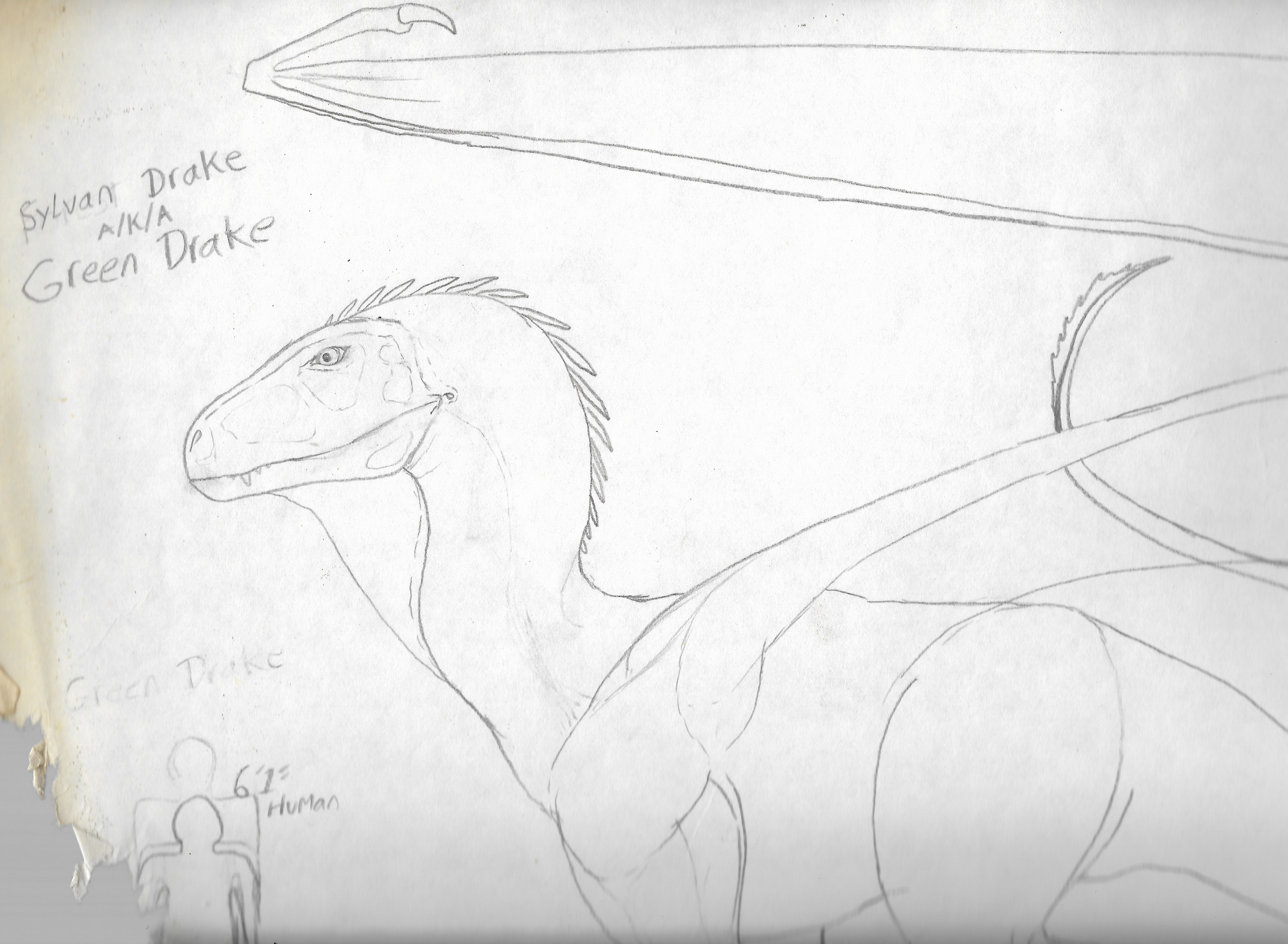
|
Sylvan Drake, or “Green Drake” (Cleopteryx viridis)
These dragons exhale a poisonous gas capable of wilting plants and killing animals. They do this using a modified gizzard that processes hydrochloric acid into chlorine gas, which the organ can store and expel on command.
|
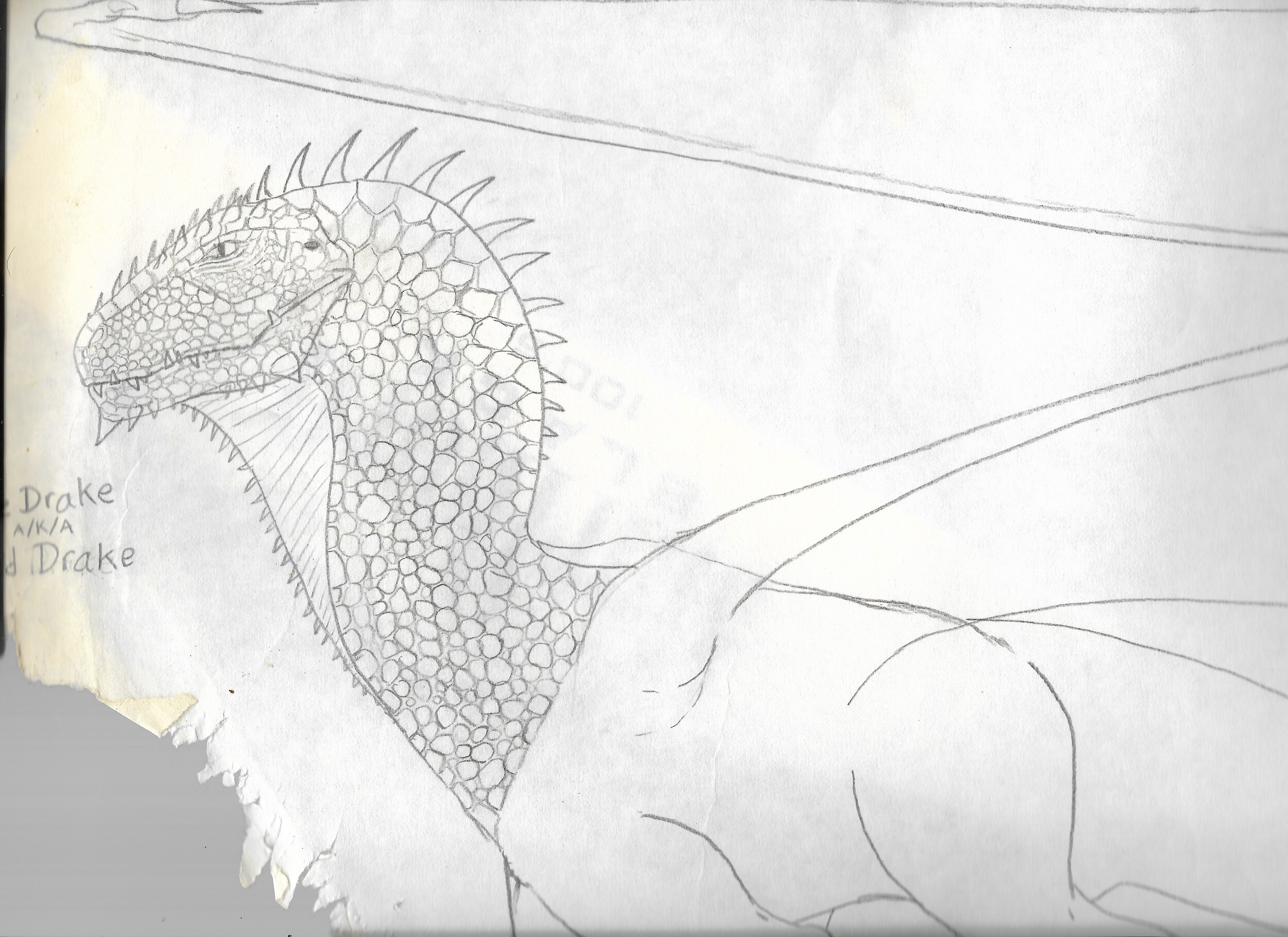
|
Fire Drake, or “Red Drake” (Cleopteryx phoenicius)
These dragons breathe fire by belching methane gas through an electrical arc generated by electrophores at the tips of their forked tongue. The gas ignites as it passes through the electrical arc, resulting in a torrent of fire that can be expelled with great force.
|
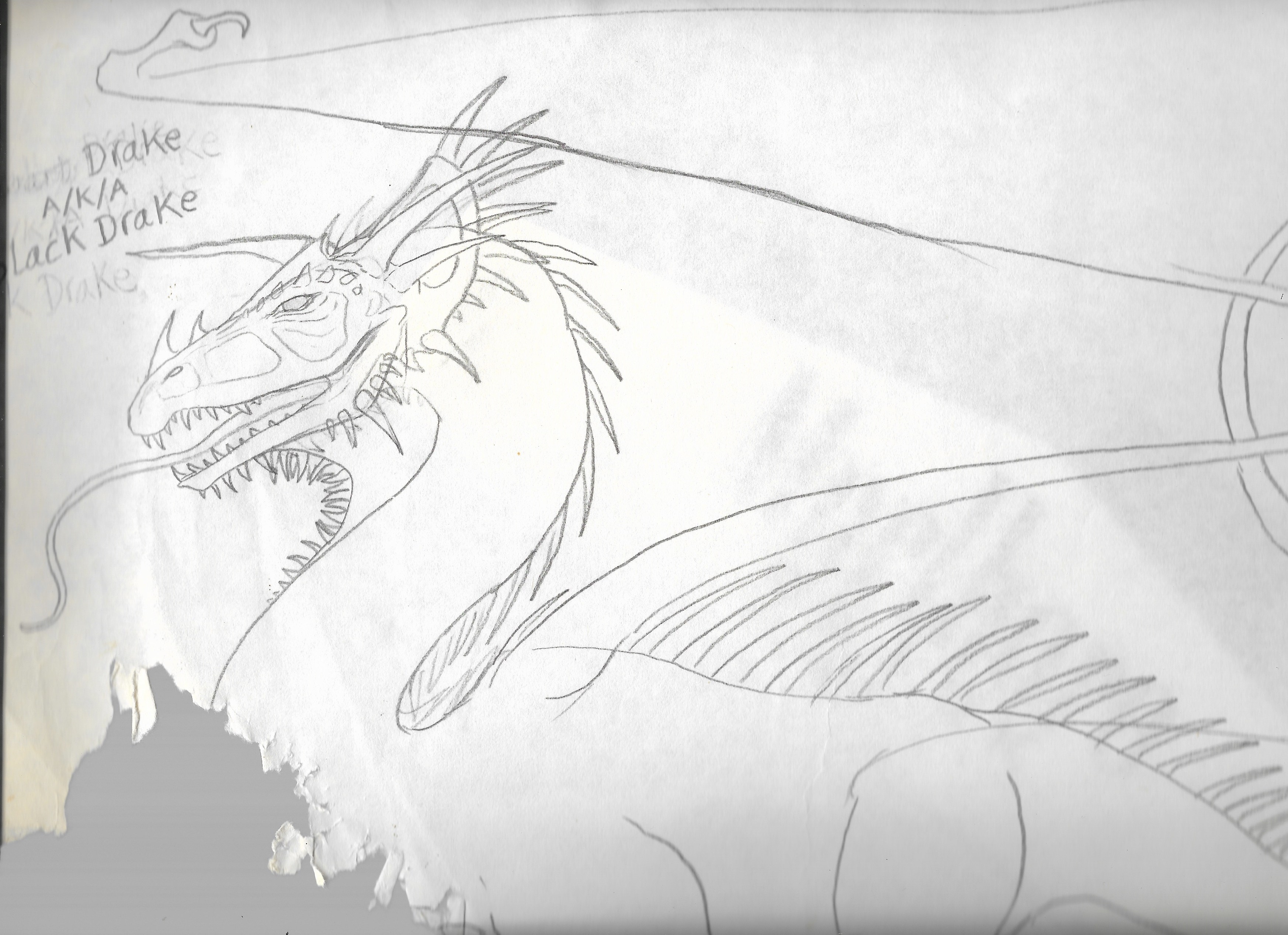
|
Swamp Drake, or “Black Drake” (Cleopteryx coracinus)
These dragons spew a blinding, paralyzing venom at their prey, similar to a spitting cobra.
|
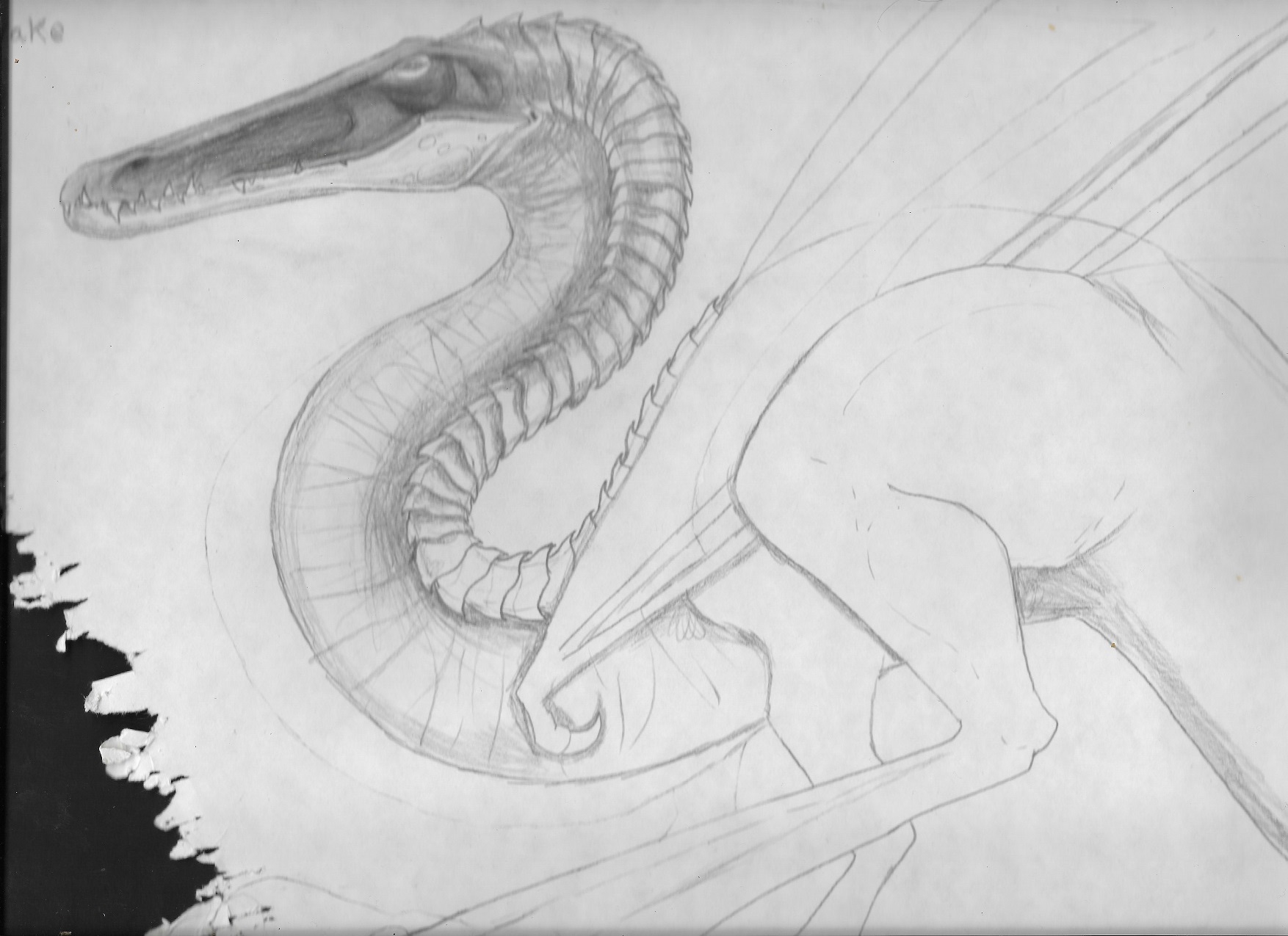
|
River Drake, or “Grey Drake” (Cleopteryx pullus)
These creatures are ambush predators who hide near or in rivers, remain still for long periods of time, and lunge out at their prey using their crocodile-like jaws and serpentine neck, but will generally avoid moving the rest of their body unless their prey escapes and they have to give chase. Even then, depending upon the size of the prey and how hungry the drake is, it may just stay put and wait for the next meal to come along.
|
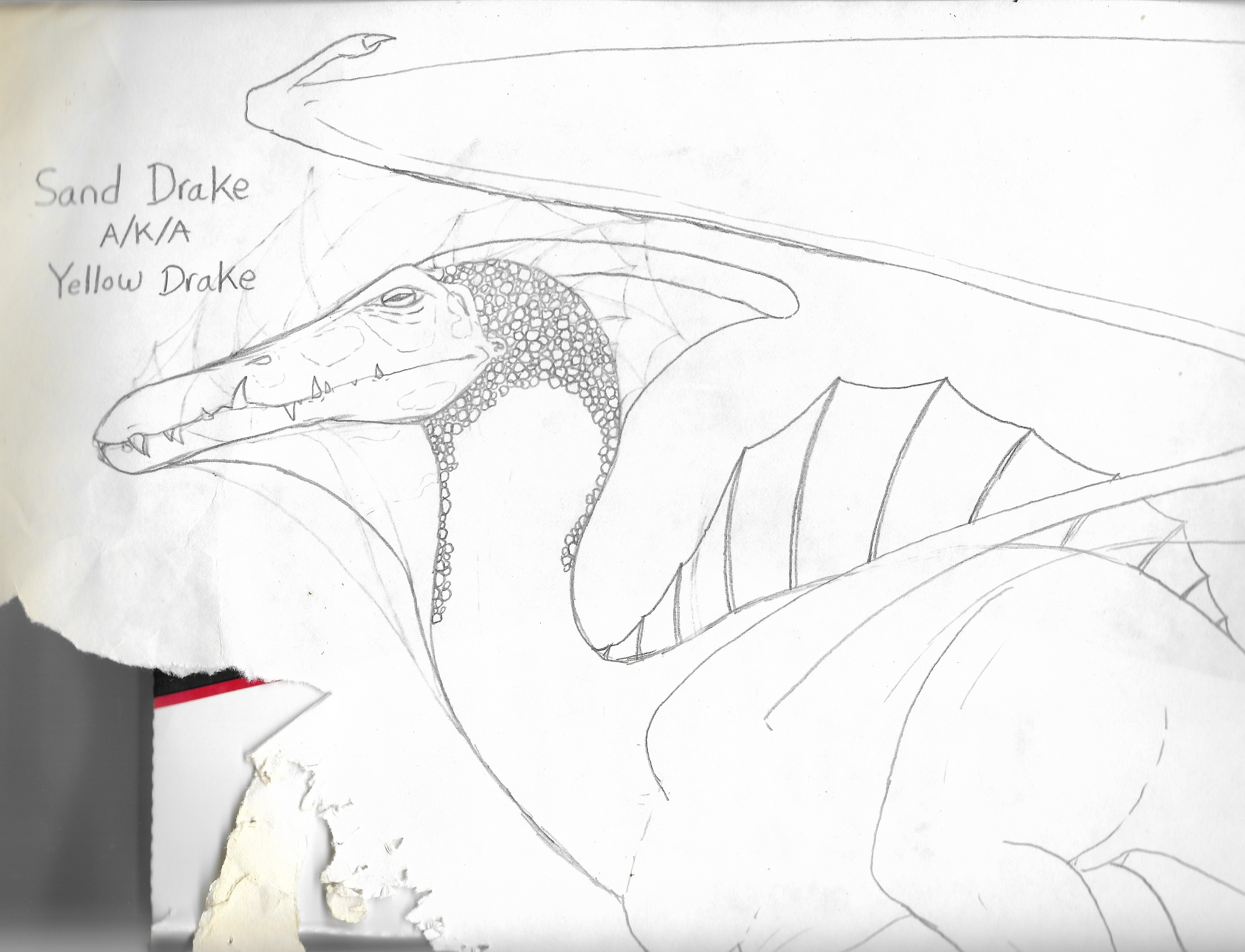
|
Sand Drake, or “Yellow Drake” (Cleopteryx cereus)
These dragons have a modified, muscular gizzard that can grind gastroliths into a fine sand, which can be blasted out with high velocity at enemies.
|
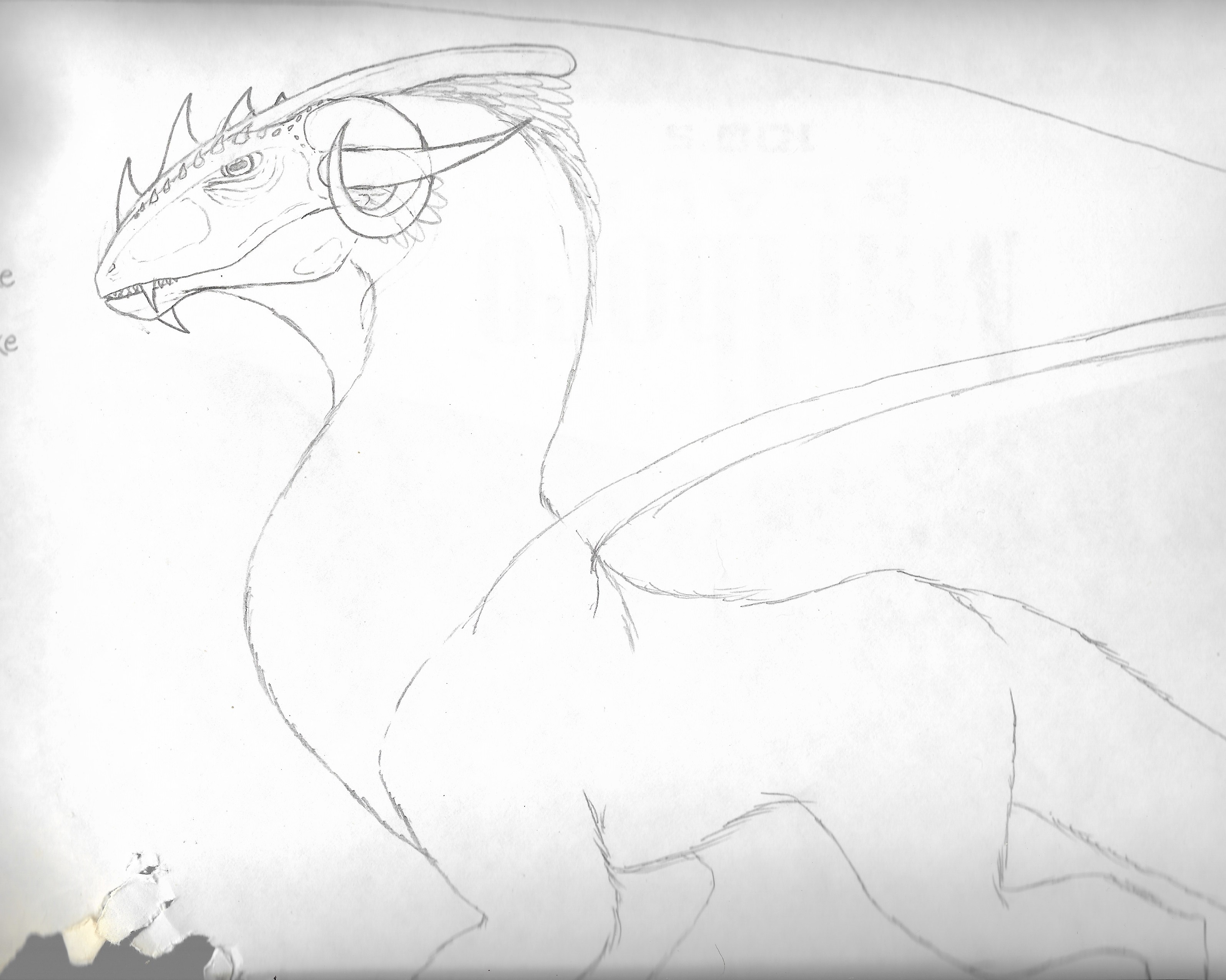
|
Mountain Drake, or “Brown Drake” (Cleopteryx glandes)
|
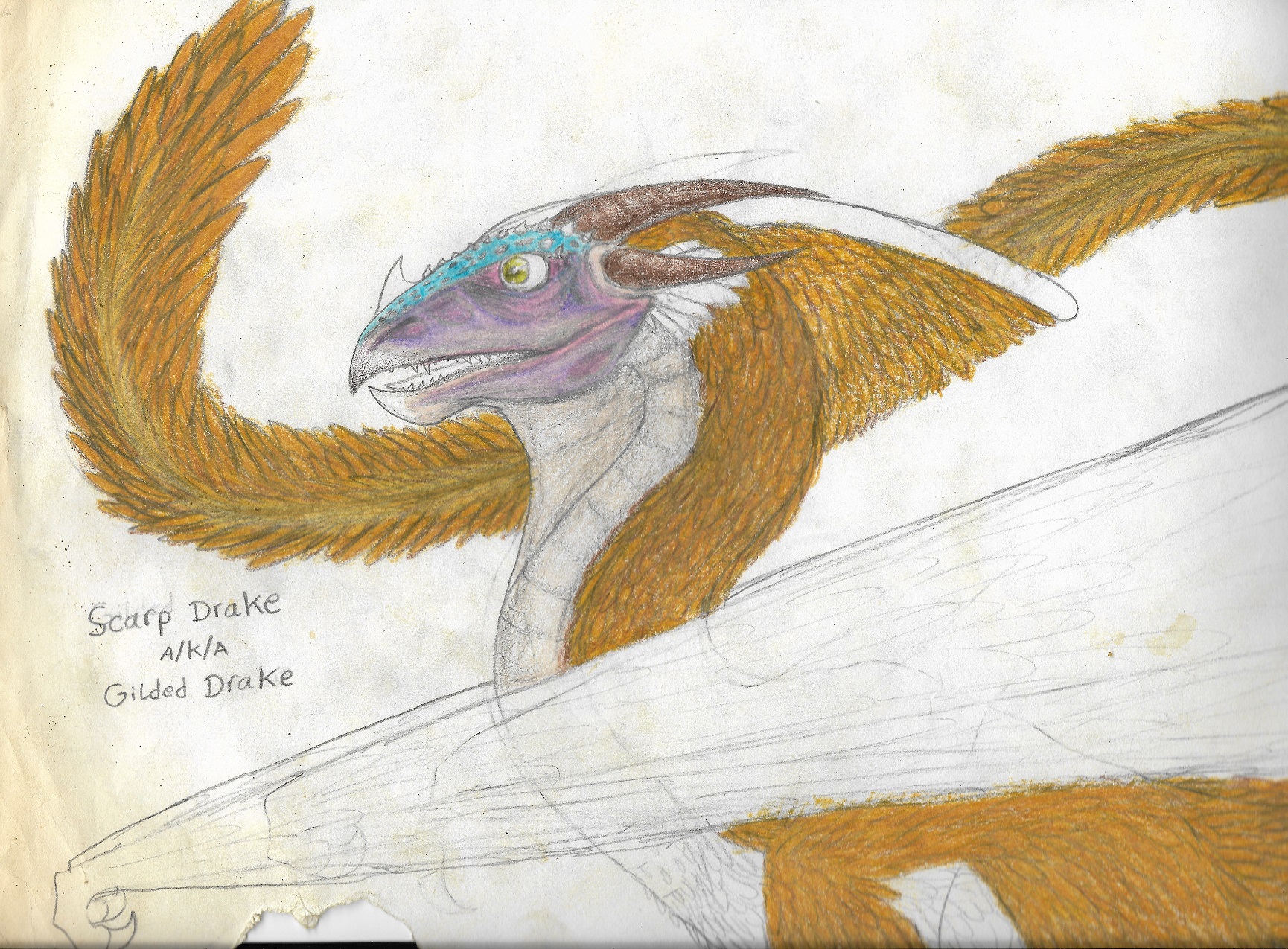
|
Scarp Drake, or “Gilded Drake” (Cleopteryx aureus)
|
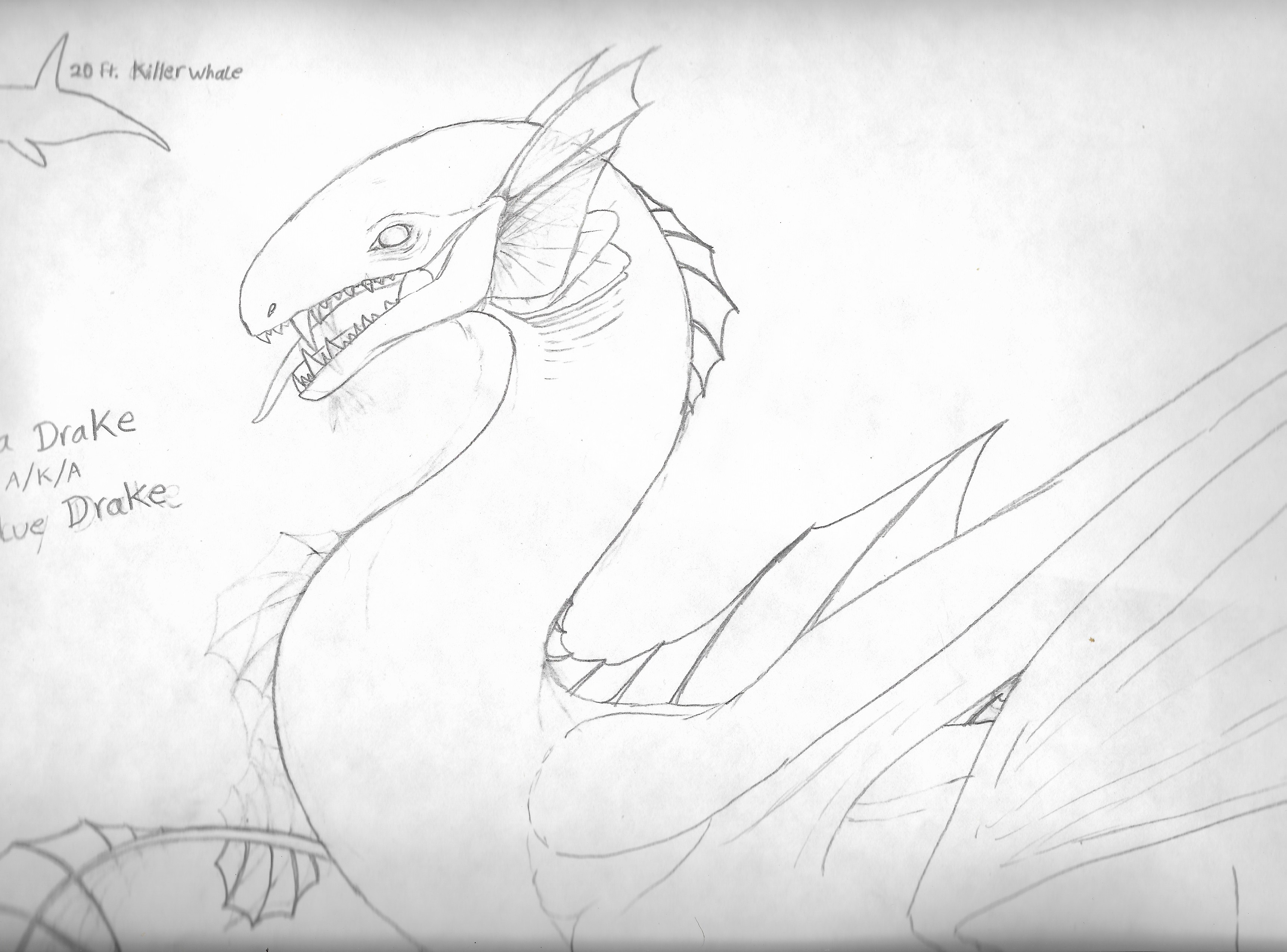
|
Sea Drake, or “Blue Drake” (Cleopteryx cumatilis)
|
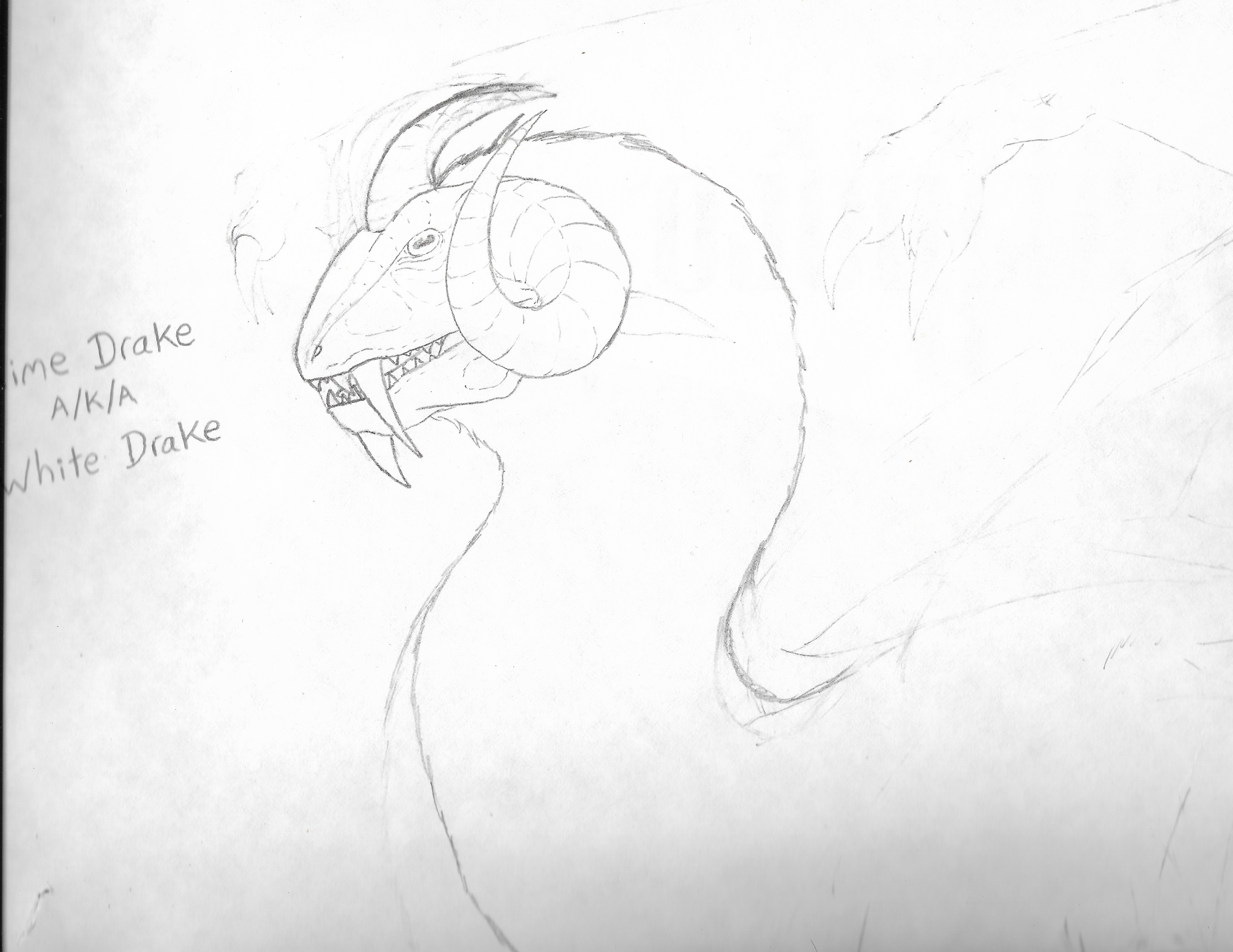
|
Snow Drake, or “White Drake” (Cleopteryx albus)
|
Testudiform Drakes
 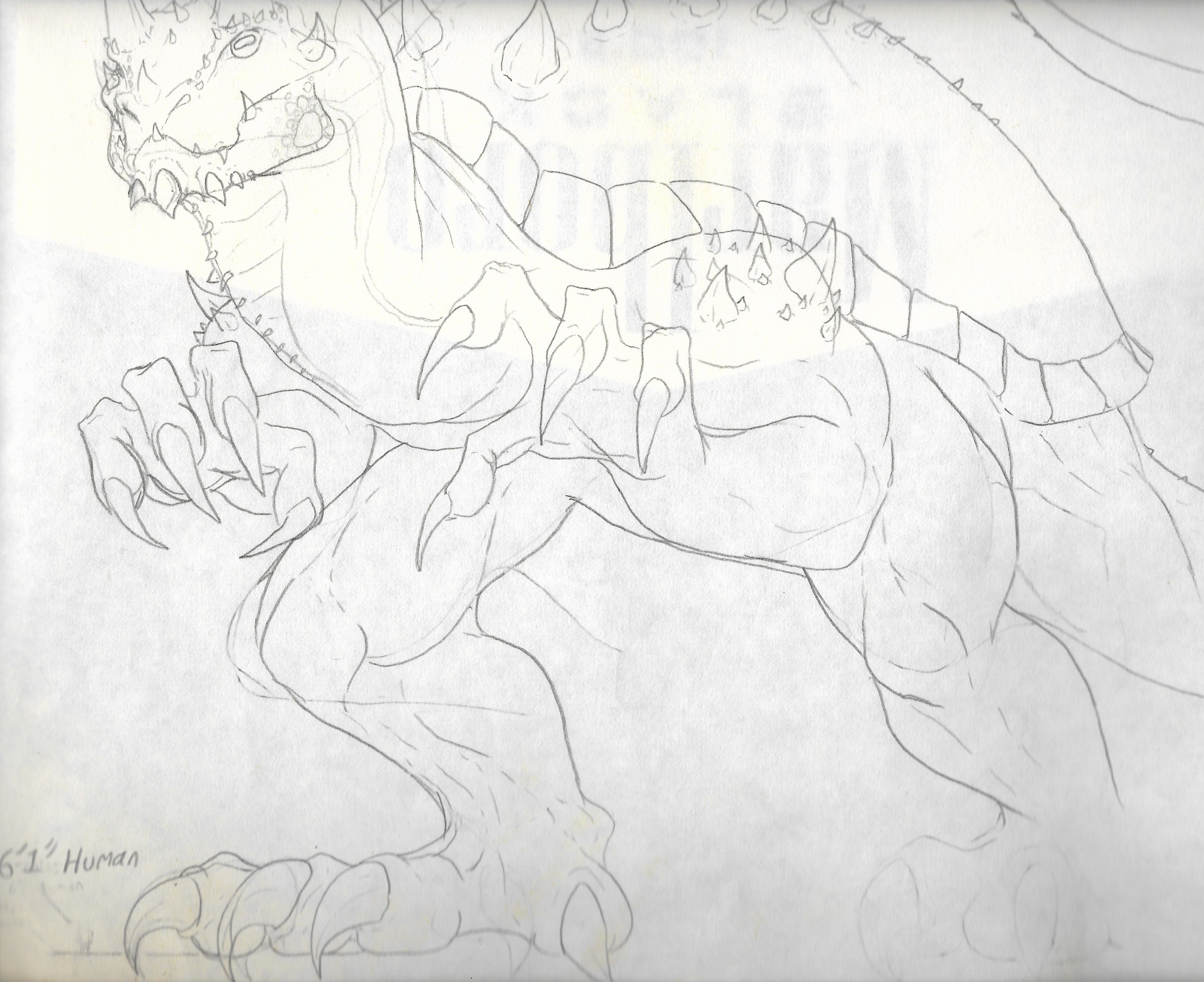
|
Tarasque
|
|
|
Aspidochelone
Also known as Dastitocalon, “dragon turtle”, or “sea tarasque”
|
Wyverns
Amphipteres
|
|
Ophiptere
Feathered amphipteres.
|
Basilisks
|
|
Paddlewyrm
Probably a close relative of Eupodophis descouensi and likely very close to the ur-basilisk.
|
|
|
Amblewyrm
Like a paddlewyrm, but has the ability to stand upon its hindlimbs. Similar to a cobra, it raises itself up, extends its hood, and sprays venom at enemies.
|
|
|
Amphysian basilisk
|
|
|
Cockatrice
|
|
|
Basilicok
|
|
| The Dragons
|
Drakes
Wyverns
Amphipteres
|
| Wyrms
|
The Saurians
⚑ The Dragons
|
| ⚑ = You Are Here.
|
|












